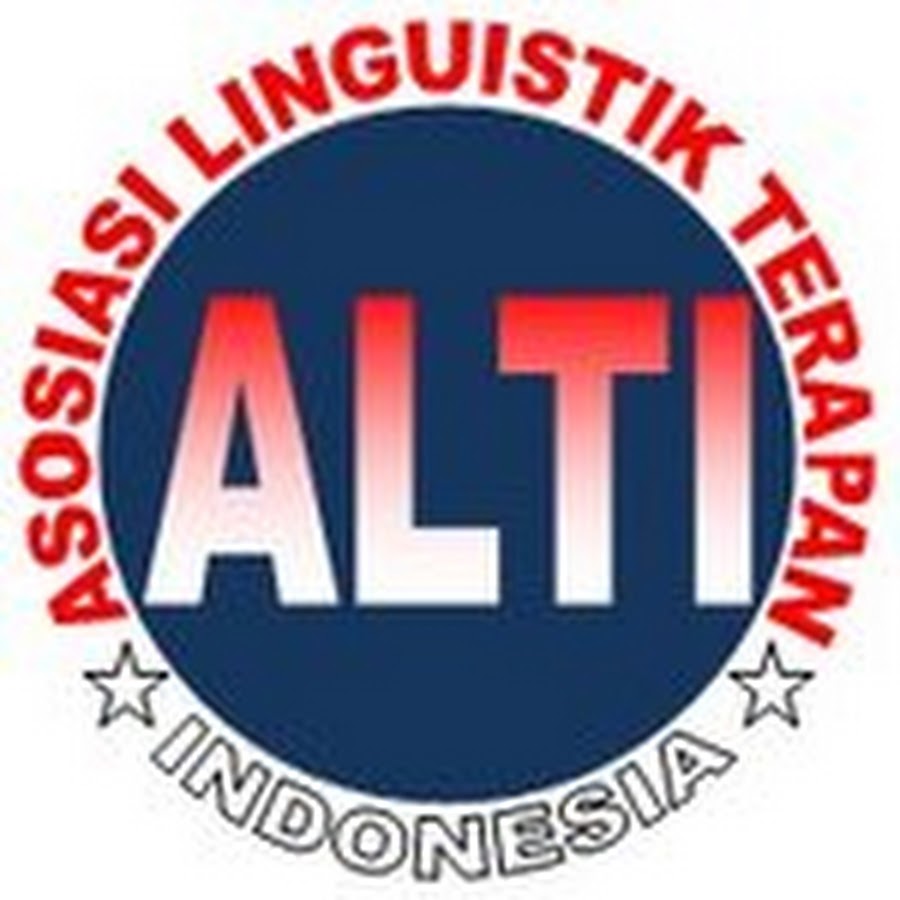Bilingual Education in Rural Islamic High Schools: Teachers' and Students' Perspectives and Experiences
DOI:
https://doi.org/10.33096/tamaddun.v22i1.268Keywords:
bilingual instruction, ELT, implementation, students' achievementAbstract
The purpose of this study is to investigate the perceptions of bilingual teaching held by both teachers and students, as well as the processes used to conduct bilingual language instruction and the results obtained from using bilingual language education. The qualitative research approach was utilized for this investigation. For the purpose of this study, a teacher and ten students from the XI IBB Man 2 Bone Class served as participants and served as the study's subjects. In addition to that, the data gathering was done by a combination of observation, interviews, and documentation. The findings indicated that teachers and students had a favorable impression of bilingual education, placing it in the category of highly perceived bilingual education. The incorporation of bilingual education, which is soundly founded on Baker's theory (2001), comprises the separation of language and the concurrent use of language inside a lesson. Last but not least, there was a beneficial effect that teaching students in two languages has on the overall accomplishment of such students. The present study implies that the bilingual education approach could foster students' EFL repertoires in the context of Senior high school students and specifically within rural regions, as evidenced by the study.
References
Abduh, A. (2018). Lecturers’ perceptions on factors influencing the implementation of bilingual instruction in Indonesian universities. Journal of Applied Research in Higher Education.
Amirullah, A., Samad, S., & Rosmaladewi, R. (2022). A meta-analysis of language policy on bilingual education in Indonesian universities: Implication for multicultural education and internationalization. International Journal of Language Education, 6(2), 210-220.
Arham, M., & Akrab, A. H. (2018). Delving into content lecturers’ teaching capability in content language integrated learning (CLIL) at an Indonesian university. The Asian ESP Journal, 14(7.2), 68-89.
Baker, C. (2001). Foundations of Bilingual Education and Bilingualism: 3rd. Clevedon: Multilingual Matters Ltd.
Baker, C. (2011). A Parents' and Teacher' Guide to Bilingualism: 5th. Clevedon: Multilingual Matters Ltd.
Brisk, M. E. (2006). Bilingual education: From compensatory to quality schooling. Routledge.
Brown, H. D. (2001). Teaching by principles: An approach to language pedagogy. New Jersey. Englewood Cliff.
Denzin, N. K., & Lincoln, Y. S. (2011). The Sage handbook of qualitative research. sage.
García, O., & Wei, L. (2015). Translanguaging, bilingualism, and bilingual education. The handbook of bilingual and multilingual education, 223-240.
Harrison, H., Birks, M., Franklin, R., & Mills, J. (2017, January). Case study research: Foundations and methodological orientations. In Forum qualitative Sozialforschung/Forum: qualitative social research (Vol. 18, No. 1, pp. 1-17).
Harmer, J. (2007). The practice of English language teaching. Pearson longman.
Kleinke, C. L. (1978). Self-perception: The psychology of personal awareness. WH Freeman & Co.
May, S. (2012). Language and minority rights: Ethnicity, nationalism, and the politics of language. New York: Routledge.
Miles, M. B., & Huberman, A. (2020). J. SALDAÑA (2014): Qualitative data analysis. A methods sourcebook. Arizona State University.
Nurhikmah, A., Basri, M., & Abduh, A. (2020). Bilingual communicative competence development of the students in Indonesian higher education. Asian EFL Journal, 27(2.3), 172-187.
Richards, J. C., & Schmidt, R. W. (2013). Longman dictionary of language teaching and applied linguistics. Routledge.
Robbins, S., & Timothy, J. (2001). Essential of Organizational Behaviour. Pearson.
Santoso, D., & Ginting, P. (2015). Bilingual Education Programs.
Saville-Troike, M., & Barto, K. (2017). Introducing second language acquisition. Cambridge University Press.
Sukardi. (2015). Metodologi penelitian pendidikan. Jakarta: PT Bumi Aksara.
Tomaszewski, L. E., Zarestky, J., & Gonzalez, E. (2020). Planning qualitative research: Design and decision making for new authorss. International Journal of Qualitative Methods, 19, 1609406920967174.
Downloads
Published
Issue
Section
License
Authors who publish with Tamaddun journal agree to the following terms:
1. Authors retain the copyright and grant Tamaddun the right of first publication. The work will be licensed under a Creative Commons Attribution License (CC BY 4.0), which permits others to share the work with proper acknowledgment of the authorship and initial publication in this journal.
2. Authors may enter into additional non-exclusive agreements for the distribution of the published version of their work (e.g., posting it to an institutional repository or including it in a book), provided that the initial publication in this journal is acknowledged.
3. Authors are encouraged to post their work online (e.g., in institutional repositories or on their personal websites) before and during the submission process. This can lead to productive exchanges and increase the visibility and citation of the published work.






